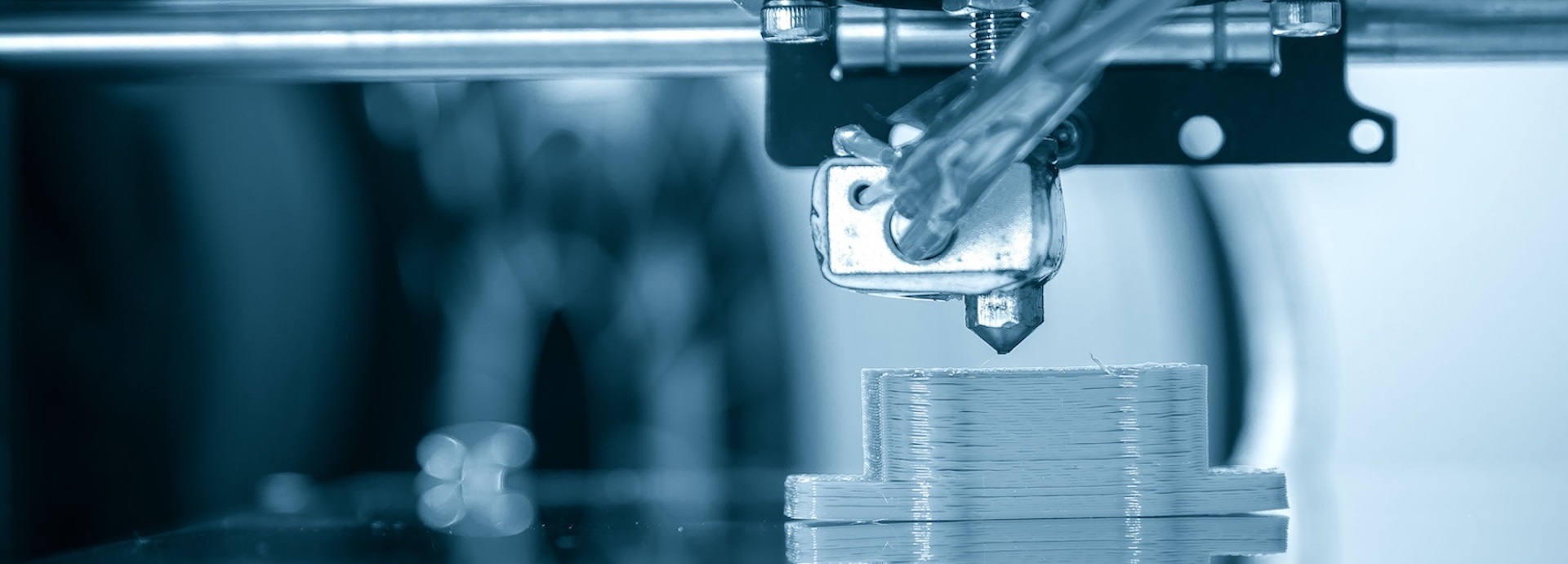

The power of digitalisation to cut greenhouse gas emissions is vast, with digital technologies estimated to cut emissions by 20% in the three highest-emitting sectors – energy, materials and mobility – by 2050.
However, the information and communications technology (ICT) behind much of this digitisation runs on vast amounts of energy, with its emissions rivalling those of the aviation industry. ICT alone is expected to contribute about 10% of global carbon emissions by 2030 – nearly equal to that of the automotive industry.
“ICT companies are well-positioned to enable a positive environmental sustainability impact in other sectors. For example, consider its strengths in real-time processing or smart devices,” says François Candelon, Global Director at the BCG Henderson Institute.
Smart home devices can lower a property’s carbon footprint, while video conferencing can significantly reduce the need for business travel. “Nonetheless, the environmental footprint of ICT companies themselves should receive more attention and action,” he adds.
‘Carbon lock-ins’ worsening emissions
Yale environmental scientist Karen Seto and team described in 2016 three different types of ‘carbon lock-in’ – infrastructural, institutional and behavioural – which cause emissions to become entrenched in the ICT sector.
Infrastructural lock-in refers to how the long life of infrastructure can tie manufacturers into carbon-intensive emissions pathways. For example, the hardware infrastructure for smartphone semiconductors uses rare materials such as cobalt and transitioning to greener alternatives would take a lot of work and effort.
Meanwhile, institutional lock-in refers to how the sector’s governance affects production and consumption, often detrimental to the environment. One study showed that 80% of all investment in artificial intelligence was on its accuracy, with just 20% on efficiency.
Behavioural lock-ins relate to users such as consumers wanting to be online all the time – often with the latest devices – and businesses, which store ever-increasing amounts of data to stay relevant in an increasingly connected world. Data centres alone account for 45% of ICT emissions.
We have to have holistic solutions that look at the design through to consumption use and the heterogeneity of that, through to end of life and recapture.
ICT sector’s carbon footprint only set to grow
The carbon footprint of ICT companies is only expected to increase, with the main factors behind its impact on the environment being electricity consumption, water consumption of data centres, and the mining of rare earth elements.
So, we must act urgently if society realistically wants to reach global net-zero targets. In addition, we need to take an all-around approach that tackles all the lock-in types.
“We have to have holistic solutions that look at the design through to consumption use and the heterogeneity of that, through to end of life and recapture,” explains Alison Stowell, Director of Engagement, Organisation Work and Technology at Lancaster University.
“Each solution must look at the entire value chain and consider the impacts environmentally, socially and economically. There must be a collective responsibility.”
The environmental footprint of ICT companies themselves should receive more attention and action
Here are five ways to make use of ICT more sustainably:
1. Consumer awareness
Empower consumers with information to make sustainable choices. For example, a survey showed that over half (57%) of consumers don’t know how to recycle their tech devices.
Local recycling campaigns and initiatives, such as Apple’s recycling programme, can help directly address this problem. Some experts suggest devices should come with a labelling system like that outlining calories in food to improve awareness of their green impact.
Taking such action could also benefit tech manufacturers, as 60% of consumers say they would switch to a rival brand over environmental concerns.
2. Implement legislation
Legislation can also help make technology more sustainable. Last year, the European Union passed a law mandating that all smartphones, tablets, and cameras sold in the EU must be equipped with a USB-C charging port from 2024 and all laptops from 2026.
The move was part of a broader EU effort to cut e-waste, with disposed of and unused chargers currently estimated to account for 11,000 tonnes of waste a year.
3. Extend lifespans
The average lifespan of a smartphone is 4.7 years, with many consumers often replacing them within three, and as new ones are released, software updates often render older devices obsolete.
Manufacturers can tackle the issue by making more ‘repairable’ phones, lowering repair prices and not restricting third-party access to parts. Samsung’s Upcycling at Home initiative encourages users to repurpose old phones into devices like baby monitors.
4. Cut carbon
Manufacturers can also seek to reduce their carbon emissions across their operations and the supply chain by using renewable energy.
For example, Apple has committed to using more recycling materials and transitioning its supply chain to 100% renewable electricity after it revealed that the energy used to make its products account for 70% of the company’s gross carbon footprint.
5. Better business
Sustainable business model innovation is also required to make the ICT sector greener, as it creates positive environmental and societal benefits linked to competitive advantage and value creation.
BCG Henderson Institute’s François Candelon explains, “By linking societal benefits, like environmental sustainability with shareholder value, companies can pre-empt upcoming regulations and changes in customer behaviour, strengthen company purpose, and increase employee satisfaction.”


